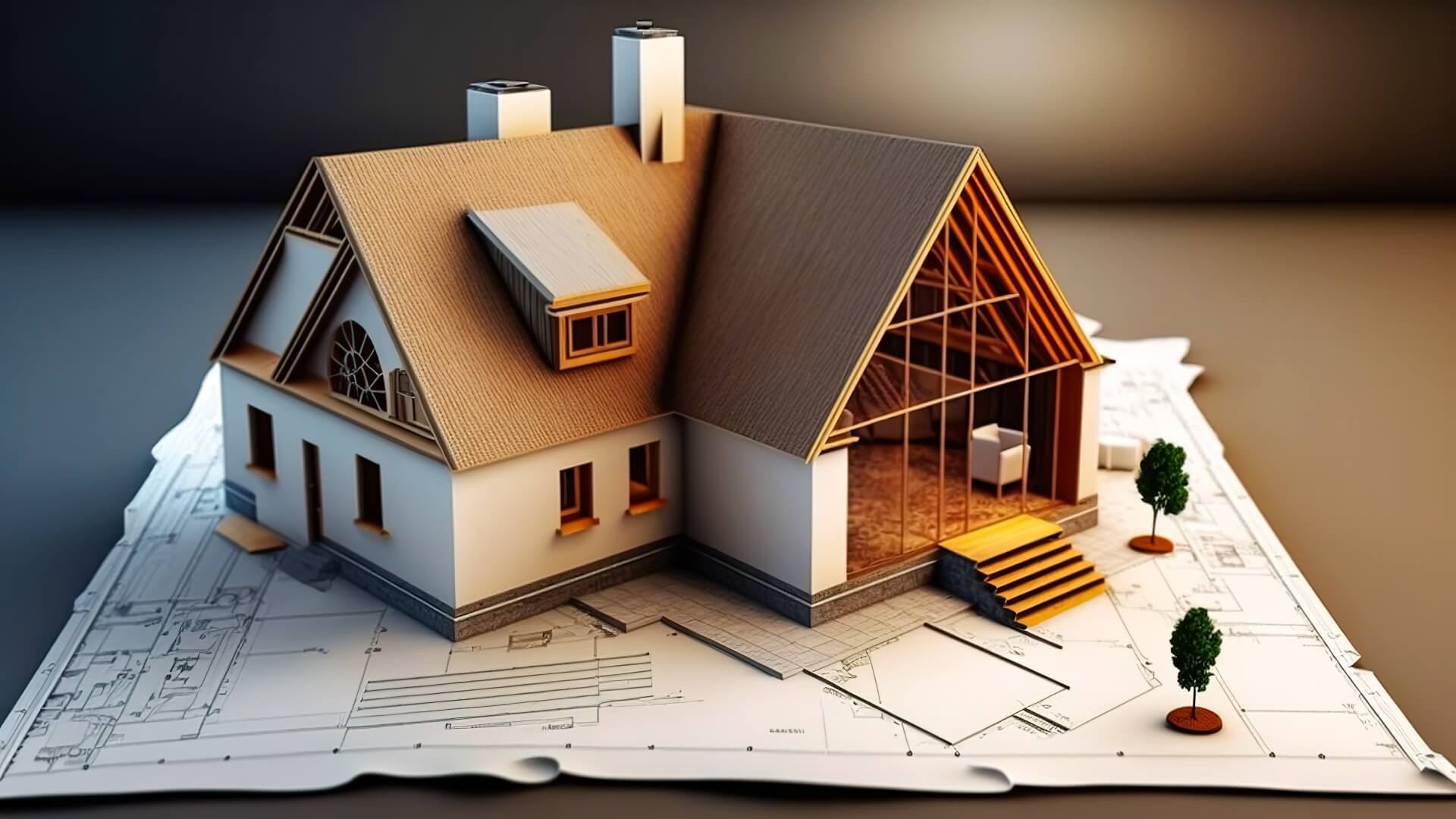Building your own home is a monumental endeavor that requires meticulous planning, significant financial investment, and a clear vision. This guide will walk you through the essential steps of home construction, from conceptualization to the finishing touches, ensuring you are well-prepared for the journey ahead.

Initial Planning and Design
Establishing Your Budget
The first step in constructing your home is establishing a realistic budget. This involves not only considering the cost of materials and labor but also factoring in additional expenses such as permits, inspections, and potential contingencies. Creating a detailed budget helps set financial boundaries and prevents overspending.
Choosing a Location
Selecting the right location is crucial. Consider factors such as proximity to essential amenities, the quality of local schools, and the overall neighborhood vibe. Conduct thorough research on the land, including soil quality and any zoning regulations that might affect your construction plans.
Designing Your Home
Engage with an architect or a design firm to translate your vision into blueprints. This stage involves deciding on the layout, the number of rooms, and the architectural style. Pay attention to both aesthetics and functionality. A well-designed home should cater to your current needs and anticipate future requirements.
Securing Permits and Approvals
Navigating Local Regulations
Obtaining the necessary permits and approvals is a critical step that ensures your construction complies with local building codes and regulations. This process can be time-consuming, involving multiple inspections and paperwork. It is advisable to work closely with your contractor or a legal advisor to navigate this phase efficiently.
Selecting a Contractor
Vetting and Hiring
Choosing the right contractor is pivotal to the success of your project. Look for experienced, reputable professionals with a proven track record. Conduct interviews, request references, and review past projects. Ensure your contractor is licensed and insured to safeguard against potential liabilities.
Groundwork and Foundation
Site Preparation
Once permits are secured, site preparation begins. This involves clearing the land, excavation, and leveling. Proper site preparation is essential to prevent future issues such as flooding or foundation settling.
Laying the Foundation
The foundation is the bedrock of your home. Depending on your design, this could be a slab, crawl space, or full basement. The quality of the foundation affects the structural integrity of the entire building, making it crucial to use high-quality materials and precise workmanship.
Framing and Structural Work
Erecting the Frame
Framing involves constructing the skeleton of the house. This step includes building the walls, floors, and roof. Precision during framing ensures the home’s stability and aligns with the architectural plans.
Roofing and Exterior
Once the frame is up, the roof and exterior walls are added. This stage includes installing roofing materials, windows, and exterior doors. It is important to choose durable, weather-resistant materials to protect your home from the elements.
Electrical, Plumbing, and HVAC
Installing Essential Systems
With the structure in place, the focus shifts to installing the home’s essential systems. This includes electrical wiring, plumbing, and HVAC (heating, ventilation, and air conditioning). Hiring certified professionals for these tasks is critical to ensure safety and compliance with building codes.
Interior Finishes
Insulation and Drywall
Insulating your home is crucial for energy efficiency and comfort. Various materials, such as fiberglass, foam, or cellulose, can be used. After insulation, drywall installation begins, creating the interior walls and ceilings.
Flooring and Carpentry
The next step involves laying the flooring and installing interior doors, trim, and cabinetry. Choices for flooring include hardwood, tile, carpet, and laminate, each offering different aesthetic and functional benefits. Custom carpentry adds unique touches that enhance the home’s character.
Painting and Decorating
Adding Color and Style
Painting is one of the final steps that transform your house into a home. Choosing the right colors and finishes can significantly impact the atmosphere of each room. This stage also includes installing fixtures and fittings, such as light switches, outlets, and bathroom accessories.
Personal Touches
Decorating is the fun part where you infuse your personal style into the home. This includes selecting furniture, artwork, and other decor items that reflect your taste and lifestyle. Thoughtful decoration can make your home inviting and comfortable.
Landscaping and Exterior Features
Designing Outdoor Spaces
A well-designed landscape enhances the curb appeal and functionality of your home. Consider elements such as gardens, patios, walkways, and driveways. Landscaping should complement the architectural style of your home and provide outdoor spaces for relaxation and entertainment.
Sustainable Practices
Incorporating sustainable practices in your landscaping, such as xeriscaping or using native plants, can reduce water consumption and maintenance efforts. Additionally, consider features like rainwater harvesting systems and solar panels to increase your home’s sustainability.
Final Inspections and Move-In
Ensuring Quality and Compliance
Before moving in, your home must pass final inspections to ensure all work complies with local codes and safety standards. These inspections cover structural integrity, electrical systems, plumbing, and overall habitability. Address any issues promptly to avoid future complications.
Preparing for Move-In
Once inspections are complete and any necessary adjustments made, it’s time to prepare for move-in. This involves a thorough cleaning, setting up utilities, and moving in your belongings. Take time to settle in and address any minor tweaks that can enhance your comfort.
Conclusion
Constructing your home is a multifaceted process that requires careful planning, diligent execution, and thoughtful finishing touches. By following these steps and staying organized, you can navigate the complexities of home construction and create a space that perfectly fits your vision and lifestyle. Building your own home is not just about creating a physical structure; it’s about crafting a sanctuary tailored to your needs and aspirations.